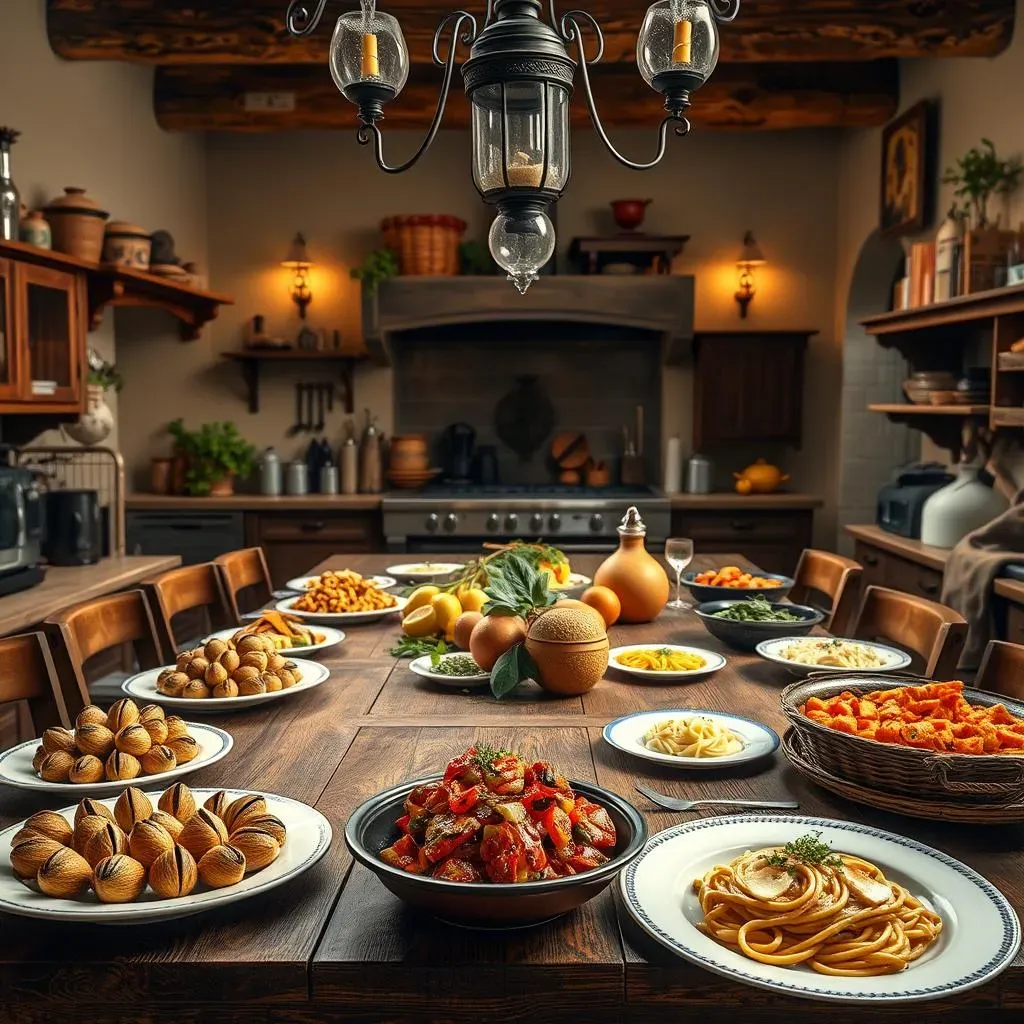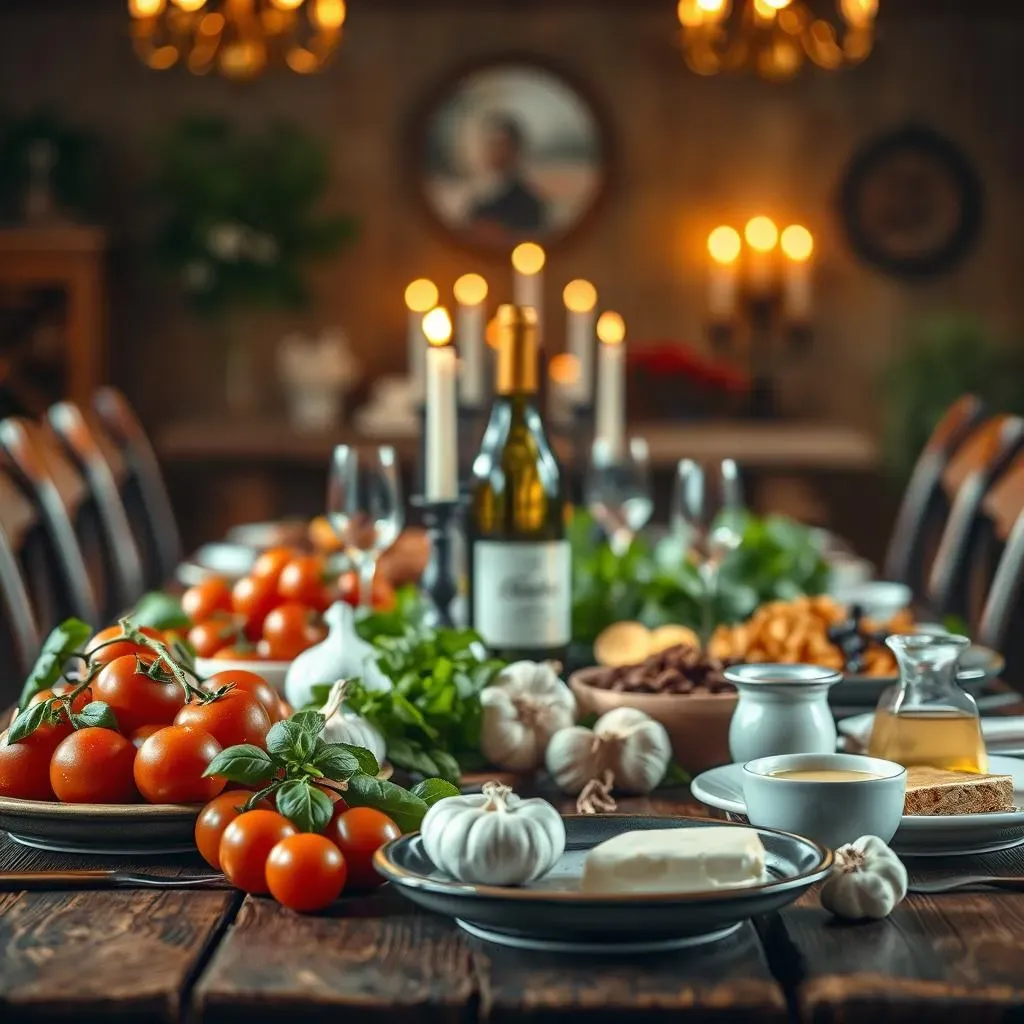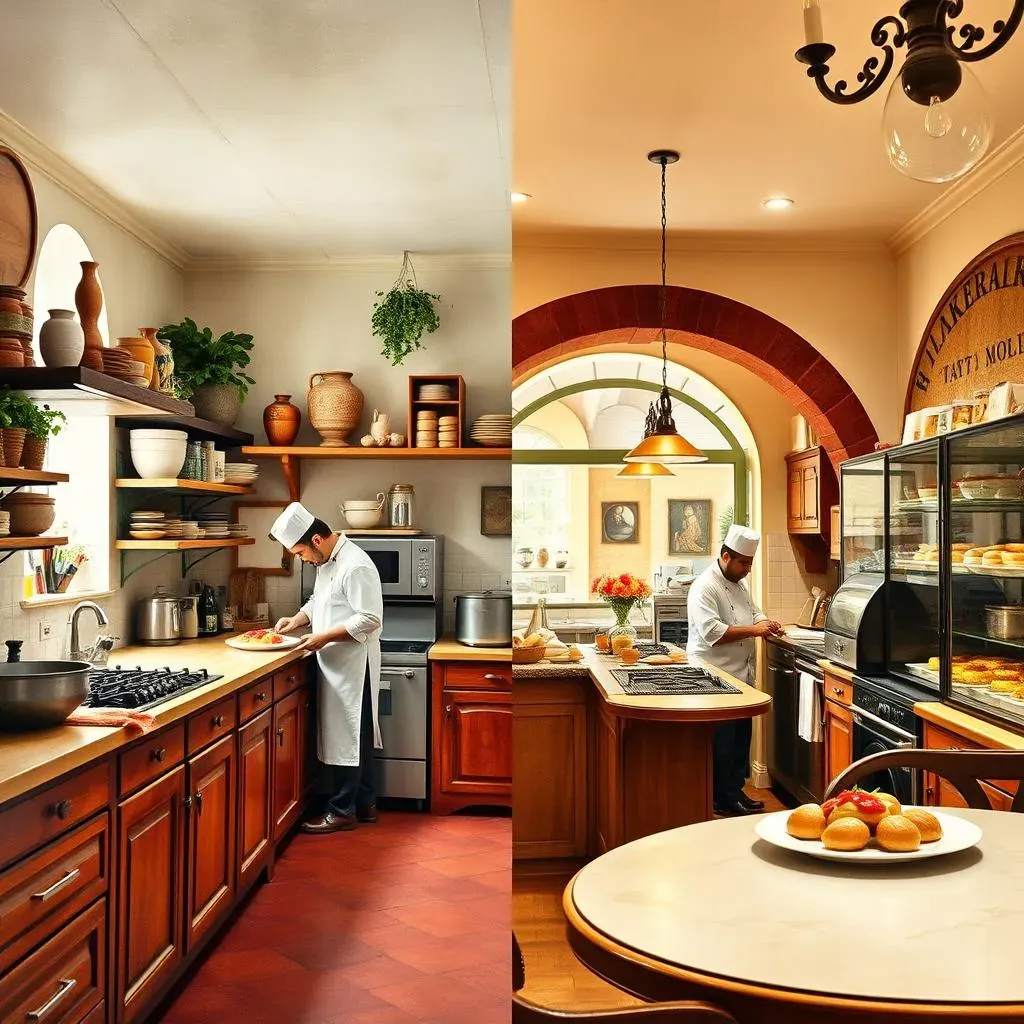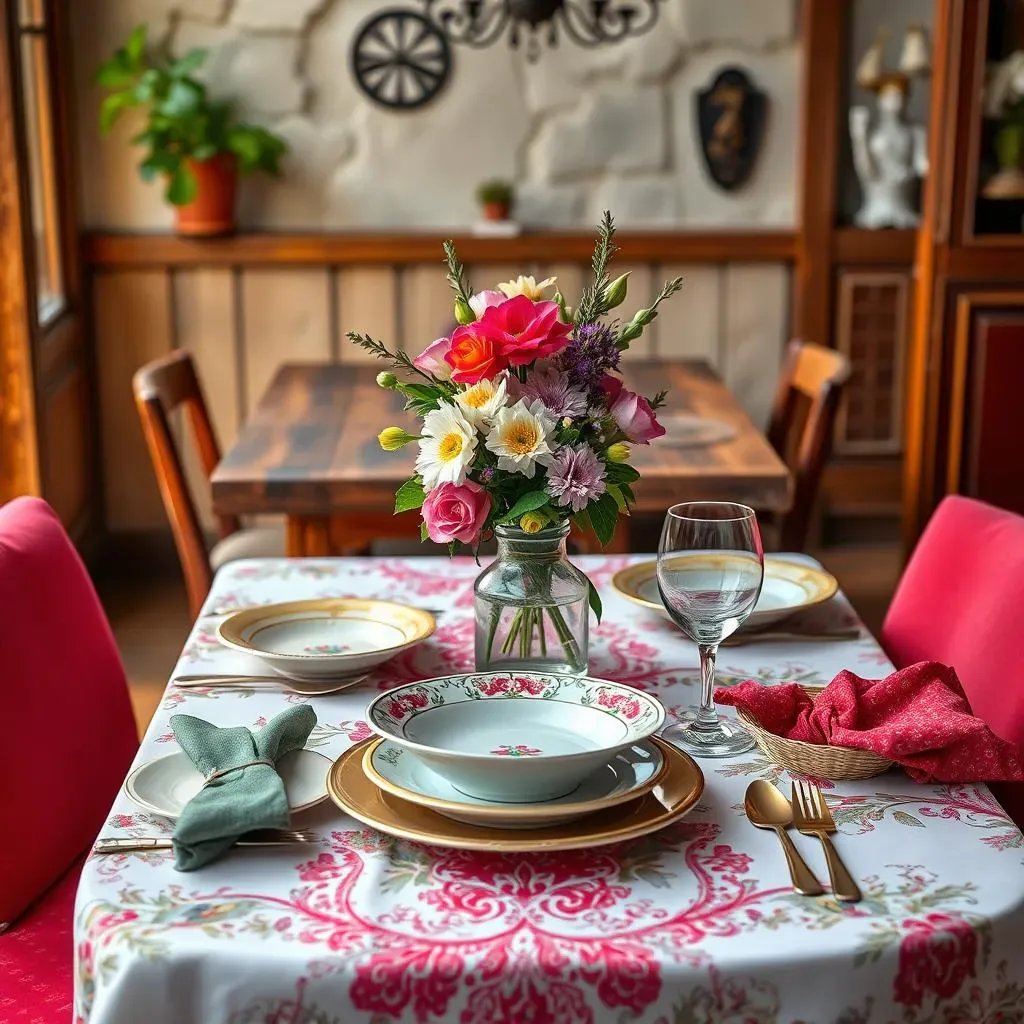Table of Contents
When it comes to food that makes your taste buds sing, two giants stand tall: French and Italian. These aren't just cuisines; they're cultural cornerstones, influencing how we eat across the globe. From cozy family dinners to fancy restaurants, the debate over which is better, french vs italian food, has been going on for ages. Think pasta drenched in tomato sauce versus a perfectly flaky croissant. This article isn't about picking a winner. Instead, we're taking a tasty trip to explore what makes each of these culinary worlds unique. We'll look at their history, the key ingredients they love, and the special cooking methods that define their dishes. Ready to dig in and discover the delicious differences between french vs italian food?
The Tale of Two Tastes: French vs Italian Food
The Tale of Two Tastes: French vs Italian Food
Imagine a time long, long ago, when fancy feasts and simple suppers were just starting to take shape. That's where our food story begins for both French and Italian cooking. Think of Italy, with its sunny fields perfect for growing juicy tomatoes and herbs. Then picture France, with its rolling hills and a history of royal chefs trying to impress kings and queens. Both countries have been cooking up delicious dishes for centuries, and that history is baked right into the flavors we enjoy today.
French vs Italian Food: Ingredients and Identity
French vs Italian Food: Ingredients and Identity
Now, let's talk about what actually goes into these amazing dishes. Think about Italian food – what pops into your head? Probably tomatoes, right? And olive oil, lots of it. It's all about fresh, simple stuff, letting the natural flavors shine. They grab what's growing nearby, like basil and garlic, and boom – you've got a classic Italian meal. French cooking, on the other hand, sometimes feels a bit more… fancy. Butter is definitely a star player, along with cream and wine. They use these to build rich sauces that can totally transform a dish. It's like they're painting with flavors, creating something really special. To get a clearer picture, check this out:
Italian Staples | French Favorites |
|---|---|
Olive Oil | Butter |
Tomatoes | Cream |
Fresh Herbs (Basil, Oregano) | Wine |
Garlic | Shallots |
Techniques and Traditions: Comparing French and Italian Food
Techniques and Traditions: Comparing French and Italian Food
Italian Kitchen Wisdom
When you watch an Italian cook, it often looks like they're not doing much, but that's the magic. Italian cooking often relies on simple techniques, perfected over generations. Think about making pasta sauce. You start with good tomatoes, maybe some garlic sizzling in olive oil, and then you let it simmer low and slow. This gentle cooking helps all the flavors get to know each other and become something really special. It's about respecting the ingredients and not fussing too much. My Nonna always said, "The less you do, the better it tastes," and she was usually right, especially when it came to her Sunday gravy.
French Culinary Finesse
French cooking, while also rooted in tradition, sometimes feels like a science experiment in the best way possible. There's a real emphasis on technique and precision. Take sauces, for example. A French chef might spend years mastering the art of a perfect béchamel or hollandaise. These aren't just afterthoughts; they're fundamental building blocks of many dishes. It's about understanding how heat and different ingredients interact to create complex flavors and textures. Think of it like this:
- Italian: Focuses on highlighting the natural flavors of fresh ingredients.
- French: Emphasizes building layers of flavor through specific techniques.
From Bistro to Trattoria: Experiencing French vs Italian Food
From Bistro to Trattoria: Experiencing French vs Italian Food
So, you're hungry and trying to decide where to go. Are you picturing a cozy spot with checkered tablecloths, the smell of garlic wafting through the air, and maybe even a little bit of friendly chaos? That sounds like stepping into a traditional Italian trattoria. It's often a family affair, with recipes passed down through generations, and the vibe is usually relaxed and welcoming. You might find yourself sharing a big plate of pasta with your friends or family, and the focus is on enjoying good food and good company. Now, imagine something a little different. Think smaller tables, maybe a bit more quiet, and definitely a sense of elegance. That's more like a French bistro. Bistros often have a carefully curated menu, and there's a certain artistry to the presentation of each dish. It's not necessarily stuffy, but there's a definite emphasis on the finer details of the dining experience. Think about it this way:
Italian Trattoria | French Bistro |
|---|---|
Warm, family-style atmosphere | Cozy, elegant ambiance |
Emphasis on sharing and conviviality | Focus on refined dishes and presentation |
Often louder, more energetic | Typically quieter, more intimate |
A Delicious Draw: Celebrating French and Italian Food
So, who wins the food fight: French or Italian? The truth is, there's no single answer. Both French and Italian food bring amazing things to the table, from simple, fresh flavors to elegant, complex creations. It really comes down to what you're in the mood for. Whether you're craving a comforting bowl of pasta or a sophisticated French sauce, both cuisines offer a rich and satisfying culinary adventure. Ultimately, the best food is the food you enjoy the most, and both French and Italian traditions have earned their place as beloved staples in the global kitchen.